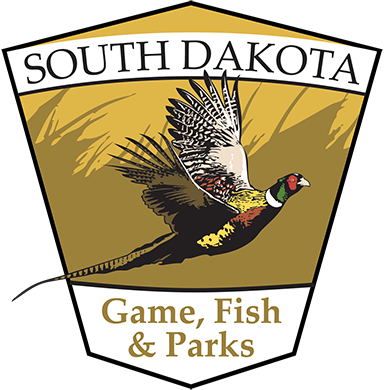wildlife habitat management practices
Prairie Management and Restoration
High quality native prairie vegetation is extremely valuable to game prairie species such as sharp tailed grouse, greater prairie chicken, all waterfowl and pheasants. A large variety of non-game species such and bobolink, lark bunting, western meadowlark and dicksissel are highly dependent on native prairie vegetation. The high diversity of plants in a properly managed native prairie provides excellent nesting and brood rearing habitat for upland nesting species.
Several different techniques can be used to create or restore sites to native prairie vegetation. In cropland, a diverse grass/forb mix can be seeded to create a native plant community. In existing degraded pasture prescribed fire, managed grazing, and chemical rehabilitation can all be used to bring back native plant species currently dominated by exotic species such as smooth brome, Kentucky bluegrass or crested wheatgrass.
Often native grass and forbs are also inter-seeded into treated prairie to bring back some native species that may have been lost.
Habitat advisors are available to assist landowners in designing, developing and funding habitat improvements. Find one in your area today!

